If you’re tired of sticking to groomed trails and want gear that can handle tight tree lines, moguls, and even backcountry terrain, short skis might be your new best friend. Unlike longer skis, which prioritize speed and stability, shorter skis are lightweight, easier to handle, and perfect for navigating technical terrain.
Here’s the quick scoop:
- Snowfeet Skiblades (65 cm): Great for quick turns, moguls, and snow parks. Super portable and beginner-friendly. $450.
- Snowfeet Skiblades (99 cm): A versatile option that balances agility and control. Handles powder better than the 65 cm version. $490–$590.
- Snowfeet WALKSKI (100 cm): Ideal for backcountry adventures, offering control in powder and portability for uphill treks. $590.
- Standard All-Mountain Skis (160–185 cm): Best for high-speed carving and deep powder but bulky and harder to control in tight spaces. $730–$2,150 (with all gear).
Quick Comparison Table:
| Criteria | Snowfeet 65 cm | Snowfeet 99 cm | Snowfeet 100 cm | All-Mountain Skis |
|---|---|---|---|---|
| Portability | ✅ Super compact | ✅ Easy to carry | ✅ Lightweight | ❌ Bulky |
| Learning Curve | ✅ Easy control | ✅ Beginner-friendly | ✅ Smooth handling | ❌ Steeper learning |
| Terrain Performance | ✅ Groomed, moguls | ✅ Powder-friendly | ✅ Backcountry | ✅ Groomed, powder |
| Cost (USD) | $450 | $490–$590 | $590 | $730–$2,150 |
Short skis like Snowfeet are perfect for adventurous skiers who want freedom and agility. If you’re more into high-speed runs or deep powder, longer skis are still the go-to. But for exploring every corner of the mountain, Snowfeet’s compact designs are a game-changer.
Snowboarder tries Snowfeet* | Which Snowfeet* Short Ski is the Best? | Snowblades 44, 65, 99 Review
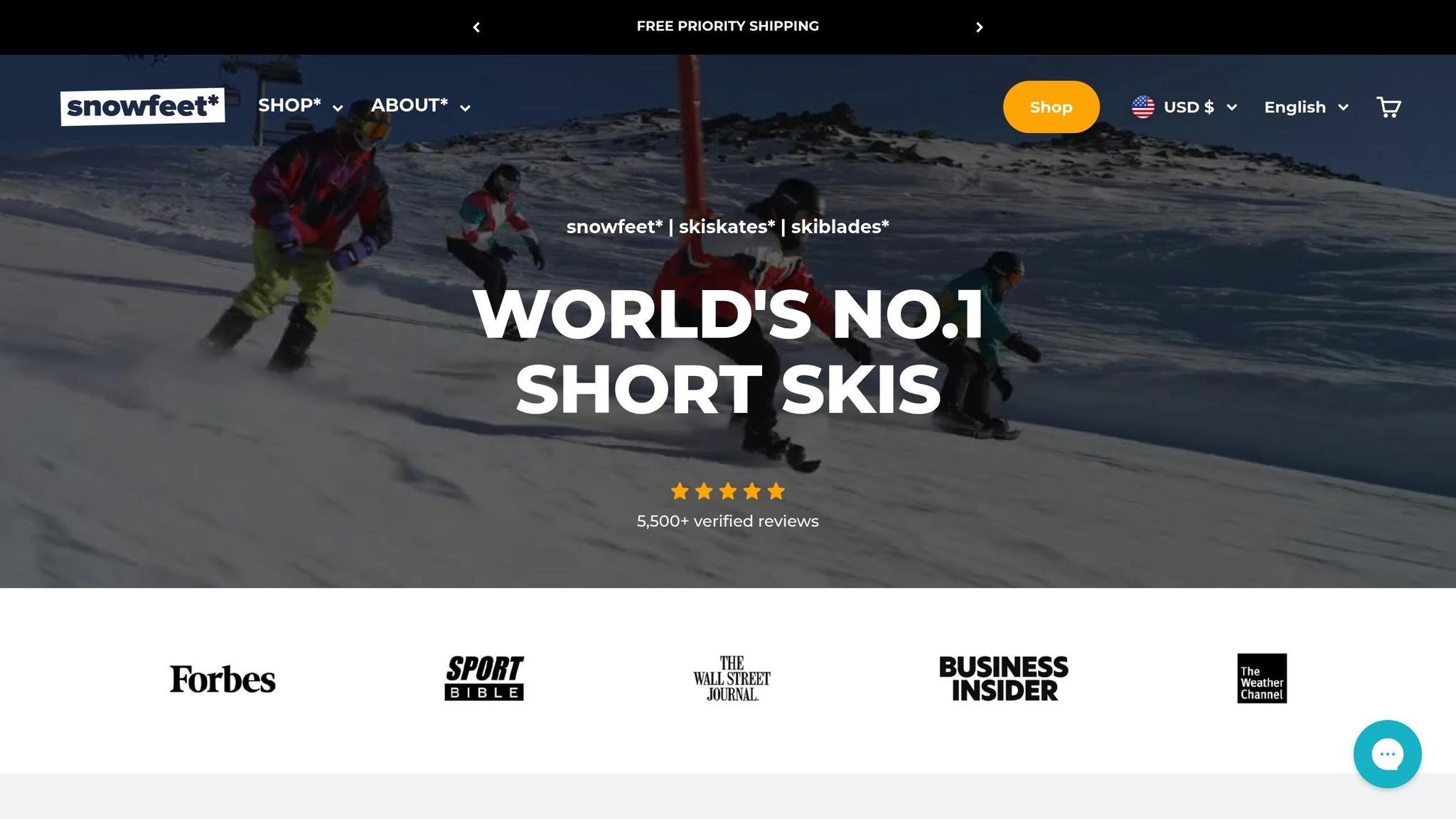
1. Snowfeet* Skiblades (65 cm)
The Snowfeet* Skiblades (65 cm) are designed for skiers who crave agility and control, whether carving groomed trails or hitting features in the snow park. With their compact build, they’re tailor-made for those who enjoy precise turns and playful maneuvers. Let’s break down what makes these skiblades stand out.
Terrain Performance
These skiblades shine on groomed runs and moguls, where their short length allows for quick, precise turns. In snow parks, they’re a dream for pulling off twists, jumps, and tricks that might feel cumbersome on traditional skis. At 65 cm, they strike a balance - short enough to feel like skating on snow but long enough to maintain solid control. While they can handle light powder, they’re not built for deep, untouched snow. Groomed terrain is where they truly excel. Their compact size also makes them perfect for navigating narrow hiking trails or tight spots where longer skis might struggle. For adventurous skiers who like to explore off the beaten path, these skiblades are a game-changer.
Portability
Measuring just over 2 feet, these skiblades are incredibly portable. Their compact size makes them easy to carry, stash in your car, or pack for a hike. If you’re trekking to remote areas or weaving through dense forests, the lightweight design is a huge plus.
Learning Curve
One of the best parts? They’re easy to pick up. The shorter length provides immediate feedback and control, helping skiers build confidence quickly. The experience feels similar to skiskating, making it a smooth transition for anyone familiar with traditional skiing.
Price
At $450, the Snowfeet* Skiblades are a solid deal compared to the $600–$800 price tag on all-mountain skis from brands like Nordica or K2. For skiers looking for versatility and fun without breaking the bank, these skiblades are an excellent choice.
2. Snowfeet* Skiblades (99 cm)
The Snowfeet* Skiblades (99 cm) take the fun and agility of their shorter 65 cm sibling and crank it up a notch. At just over 3 feet long, these skiblades hit the sweet spot for skiers who want versatility without sacrificing control. Whether you're carving down groomed runs or tackling varied terrain, these skiblades are built for adventure. Let’s dive into how they handle different conditions, their portability perks, ease of use, and why they’re a great buy.
Terrain Performance
Snowfeet* is all about compact, nimble designs, and these skiblades deliver. They shine on groomed trails and in snow parks, navigating moguls and uneven terrain with impressive precision. The parabolic shape and narrow 8.5 cm waist make carving feel smooth and responsive, giving you more control than traditional skis. Compared to the shorter 65 cm model, the 99 cm skiblades handle powder better, though they’re still at their best on groomed snow. With a 6-meter turn radius and a balanced tip-to-tail design (both tip and tail measure 5 cm), they offer stability for deep carving while staying agile on tricky terrain. That said, they’re not ideal for extremely steep slopes or deep powder.
Portability
At 99 cm (39 inches), these skiblades are a breeze to carry compared to standard skis, which typically range from 160 to 180 cm. Their compact size makes them perfect for spontaneous trips or when you just don’t want the hassle of lugging around full-sized skis.
Learning Curve
These skiblades are beginner-friendly while still appealing to seasoned skiers. Their lightweight, responsive design makes them easy to control, helping new users gain confidence quickly. Even snowboarders making the switch to skis find the shorter length intuitive and manageable, offering immediate feedback and control across different terrains.
As Snowfeetstore.com puts it:
"Very short learning curve, easy to use. Extremely responsive, lightweight on your feet, and easy to ride as opposed to cumbersome long skis."
Price
Priced between $490 and $590 depending on the model, these skiblades are a solid deal compared to high-end all-mountain skis from brands like Rossignol or Salomon, which often cost $700–$900. With a 4.98 out of 5 rating from 93 reviews, it’s clear that users are loving the performance and value these skiblades bring to the table.
3. Snowfeet* WALKSKI Backcountry Touring Skis (100 cm)
The Snowfeet* WALKSKI, measuring 100 cm (about 39 inches), offers a fresh take on backcountry skiing with its lightweight, compact design and nimble handling.
Terrain Performance
The WALKSKI shines on a variety of terrains, from powder to packed trails and groomed slopes. Its shorter length gives you precise control on tight, technical descents and makes it easy to adapt to changing snow conditions. Whether you're carving through untouched backcountry or sticking to established trails, this ski’s performance is all about flexibility and control.
Portability
Say goodbye to lugging around heavy, oversized skis. Thanks to its compact size, the WALKSKI is a breeze to carry, even on long uphill treks. No need for fancy carrying systems - this ski is built to go wherever you do, with less fatigue and more freedom to explore remote areas.
Learning Curve
Designed with beginners in mind, the WALKSKI makes backcountry skiing feel more approachable. Its shorter length simplifies turning and makes maneuvering a lot easier, especially for those transitioning from resort skiing. The responsive design provides quick feedback, helping you build confidence and skills faster.
Price
Priced at around $590, the WALKSKI offers a practical and versatile option for backcountry enthusiasts. Its compact design eliminates the hassle of bulky gear, making it a smart investment for those looking to dive into off-trail adventures.
sbb-itb-17ade95
4. Standard All-Mountain Skis (e.g., Nordica Enforcer 94, K2 Reckoner 102)
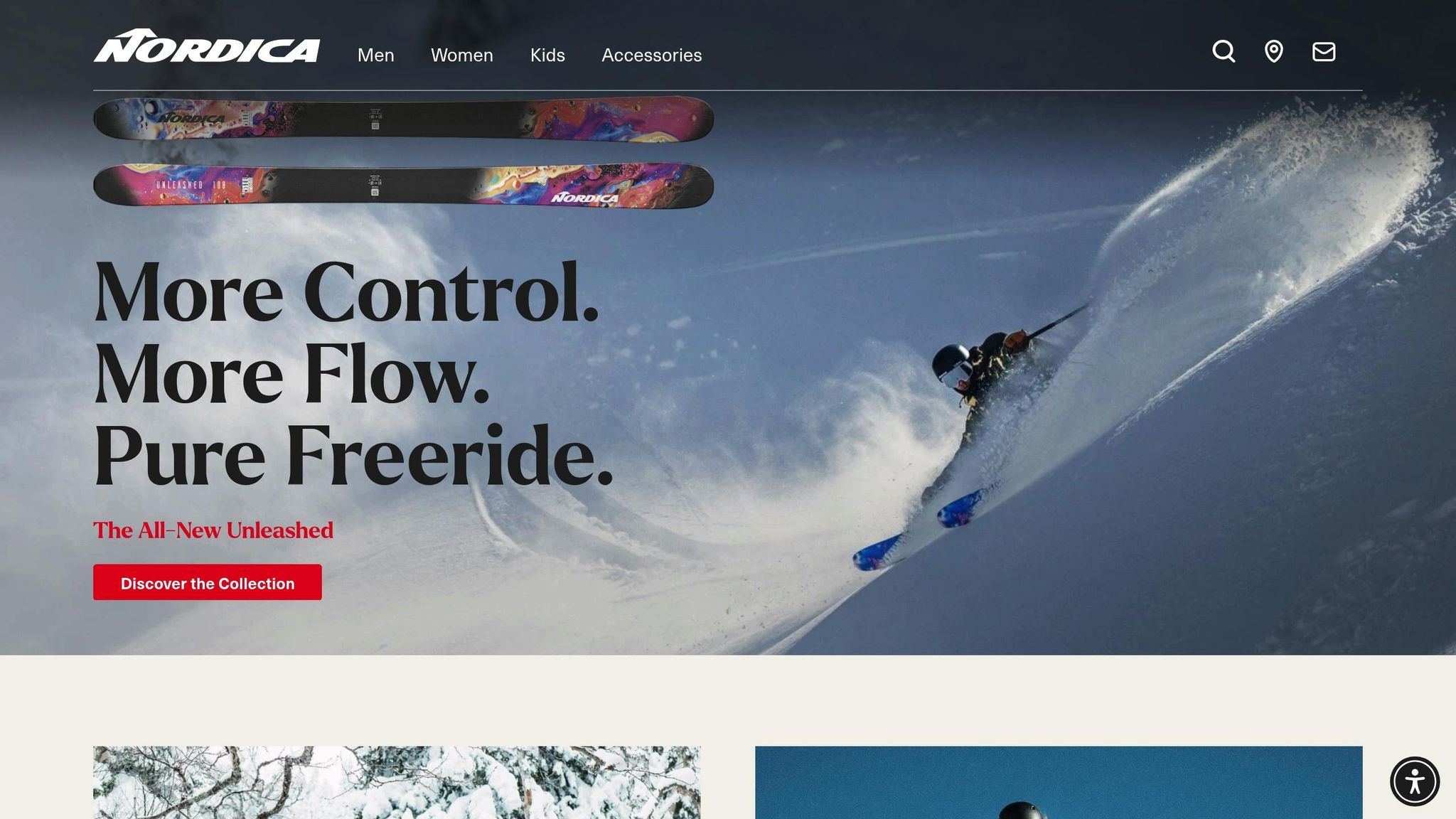
Traditional all-mountain skis, like the Nordica Enforcer 94 and K2 Reckoner 102, stick to the tried-and-true full-length design. These skis, usually ranging between 160–185 cm (63–73 inches), offer a completely different experience compared to Snowfeet's compact, travel-friendly models. Let’s break down how these conventional skis stack up against Snowfeet in terms of terrain performance, portability, and ease of use.
Terrain Performance
The Nordica Enforcer 94 is a versatile ski with a 94 mm waist width, designed to handle a wide range of terrain types. According to SkiEssentials.com, it scored high in areas like stability (9/10) and versatility (8/10), though it lost points in carving and crud performance after recent updates improved its powder handling.
"You can ski this in bumps, trees, powder, crud, chop, windblown, etc. The options are limitless, and that's what makes the Enforcer 94 such a formidable mid-90's ski." – SkiEssentials.com
On the other hand, the K2 Reckoner 102, with its wider 102 mm waist, leans toward a playful design. K2’s tagline, "Make the entire mountain your park", sums it up perfectly. This ski excels in freestyle and creative riding, but its playful nature can make it less precise on technical terrain - an area where Snowfeet’s shorter skis shine.
Portability
Portability is where traditional skis fall short. Their length and weight make them a hassle to carry around, requiring roof racks or ski bags just to transport them. This setup isn’t ideal for spontaneous trips or off-the-beaten-path adventures. Snowfeet, being compact and lightweight, are far more convenient for explorers who value mobility.
Learning Curve
Longer skis demand more skill and physical strength, especially in tight spots like tree runs or moguls. For beginners transitioning from groomed trails to more challenging terrain, this can be intimidating. Snowfeet, on the other hand, offer quick feedback and easy control, making them a confidence booster for anyone still finding their footing.
Price Considerations
When it comes to cost, traditional skis come with a hefty price tag, especially when you factor in bindings, boots, and transportation gear. While they’re built for performance across a variety of conditions, the overall investment can be a barrier. Snowfeet, by comparison, are far more budget-friendly and simple to set up, making them an attractive option for those looking for a less complicated, more accessible way to hit the slopes.
While traditional skis like the Nordica Enforcer 94 and K2 Reckoner 102 deliver solid performance, they can’t quite match the freedom, convenience, and affordability that Snowfeet bring to the table for adventurous skiers.
Pros and Cons
Here’s a quick side-by-side look at the main strengths and trade-offs of each ski option. This comparison highlights how each choice stacks up in terms of portability, performance, and cost.
| Criteria | Snowfeet Skiblades (65 cm) | Snowfeet Skiblades (99 cm) | Snowfeet WALKSKI (100 cm) | Traditional All-Mountain Skis |
|---|---|---|---|---|
| Portability | ✅ Super compact, fits in a backpack | ✅ Lightweight and easy to carry | ✅ Ideal for backcountry adventures | ❌ Bulky, needs roof racks or bags |
| Learning Curve | ✅ Easy to control, great for beginners | ✅ Quick to master, forgiving design | ✅ Smooth transition for touring | ❌ Requires more strength and time to learn |
| Terrain Versatility | ✅ Perfect for tight spaces and trees | ✅ Solid all-around performance | ✅ Built for backcountry exploration | ✅ Excels on groomed runs and open terrain |
| Maneuverability | ✅ Quick turns and instant response | ✅ Agile in different conditions | ✅ Easy to navigate in powder | ❌ Slower response, takes more effort |
| Total Cost | ✅ $450 (all-inclusive) | ✅ $490 (all-inclusive) | ✅ $690 (all-inclusive) | ❌ $730–$2,150 (gear + bindings + boots + poles) |
| Speed & Stability | ⚠️ Limited at high speeds | ✅ Balanced speed and control | ✅ Stable in deep snow | ✅ Great stability at high speeds |
| Powder Performance | ⚠️ Works for light powder only | ✅ Handles most powder conditions | ✅ Designed for deep snow | ✅ Excellent in deep powder |
Cost Breakdown Reality Check
When it comes to cost, Snowfeet* products clearly stand out. Traditional ski setups range from $730 to over $2,150 once you add bindings, boots, and poles. In comparison, Snowfeet* gear is ready to use right out of the box. For instance, the 65 cm Skiblades cost $450, offering a complete solution without any hidden costs or extra gear requirements. Plus, they work with your existing winter boots - no need for specialized equipment.
Performance Trade-offs
Let’s talk trade-offs. Snowfeet* products are shorter, which does limit their performance in certain areas. Traditional longer skis are better for high-speed carving and provide superior flotation in deep powder. However, shorter skis like Snowfeet* excel in maneuverability. They’re perfect for quick turns in tree runs, recovering from mistakes, and exploring unfamiliar terrain with confidence. So while you might sacrifice some stability at high speeds, you gain a lot when it comes to control and versatility.
The Convenience Factor
Traditional skis come with extra baggage - literally. You’ll need a car with roof racks or plenty of cargo space, ski bags for protection, and sometimes even a helping hand to carry everything from the parking lot to the slopes. While this setup works for planned resort trips, it’s not ideal for spontaneous outings or backcountry adventures.
Snowfeet* flips the script. Their compact design means you can hike to remote spots, explore areas lifts can’t reach, and even take them on public transportation. This level of convenience opens up a whole new world of possibilities that traditional skis just can’t match.
Skill Development Perspective
Traditional skis are often associated with high-speed racing and advanced techniques. But their length and weight can make quick corrections tricky, which might slow down skill development. Snowfeet* products, on the other hand, offer immediate feedback, helping you refine your balance and technique faster. Their shorter design encourages quicker learning and boosts confidence, making them a great choice for skiers looking to improve their skills without the steep learning curve of traditional skis.
This comparison sets the stage for final recommendations, weighing the pros and cons of each option.
Conclusion
When it comes to exploring the entire mountain, Snowfeet* short skis bring something fresh to the table. They combine portability, agility, and an all-in-one design that adventurous skiers will love. Whether you’re weaving through tight trees, tackling unmarked trails, or heading into untouched powder, these skis give you the freedom to roam.
Snowfeet* keeps things simple with complete packages: 65 cm Skiblades for $450, 99 cm for $490, and the WALKSKI Backcountry Touring Skis for $690. No need to worry about extra gear or add-ons like with traditional setups - what you see is what you get.
Traditional skis may still rule the groomed slopes and high-speed carving, but they can feel bulky when quick reactions or tight turns are required. That’s where Snowfeet* short skis shine. Their compact size and nimble handling make them ideal for challenging terrain and unexpected obstacles. Plus, their portability means you can pack them easily and head off on spur-of-the-moment adventures.
If your goal is to carve up wide-open runs at top speed, traditional skis might still be your go-to. But for those who crave adventure - whether it’s backcountry powder or navigating tricky tree lines - Snowfeet* short skis offer a level of freedom and performance that’s hard to match. With less setup hassle and more time to hit the slopes, they’re designed to make your mountain experience unforgettable.
Whether you go for the ultra-maneuverable 65 cm Skiblades or the WALKSKI for serious backcountry trekking, you’re choosing gear that redefines how you explore the mountain.
FAQs
How do Snowfeet Skiblades compare to traditional skis for exploring the whole mountain?
Snowfeet Skiblades bring a fresh twist to skiing, especially when you're tackling varied terrains like off-trail areas, powder, or backcountry slopes. Thanks to their compact size (anywhere from 65 to 120 cm), these skiblades are lightweight and incredibly easy to handle. Their smaller length makes sharp turns and quick maneuvers a breeze, giving you better control and adding a playful edge to your ride - whether you're weaving through moguls, navigating tight spaces, or hitting the terrain park.
Unlike traditional skis, which are all about speed and stability, Snowfeet Skiblades prioritize versatility and simplicity. This makes them a standout choice for adventurous skiers eager to explore every corner of the mountain. Their shorter, more playful design brings a fun, approachable vibe to skiing - whether you're floating through powder or carving up more technical terrain.
What are the benefits of using shorter skis like Snowfeet for backcountry adventures?
Shorter skis, like Snowfeet, bring some real perks to backcountry skiing. Their compact size means they’re super easy to maneuver, letting you make quick turns and glide through tight spots like dense forests or narrow trails. If you’re the kind of skier who loves taking on varied terrain, this kind of agility is a game-changer.
On top of that, their lightweight and portable design makes them easy to carry around. Shorter skis also give you better control, which can be a huge help in tricky conditions like powder or uneven snow. Plus, they reduce momentum, so stopping or adjusting your movement feels more natural. Compared to traditional long skis, Snowfeet products are more adaptable and easier to handle, making them a great option for skiers who want to explore the whole mountain - not just the groomed runs.
If you’re after a mix of performance, simplicity, and portability, Snowfeet skis are a solid pick for both all-mountain and backcountry adventures.
Are Snowfeet Skiblades a good choice for beginners, and how do they compare to traditional skis when learning?
Yes, Snowfeet Skiblades are a fantastic option for beginners! Their shorter length (65 to 120 cm) and lightweight build make them much easier to handle compared to traditional skis. This means new skiers can quickly gain confidence and focus on mastering the basics without feeling overwhelmed.
What sets Snowfeet Skiblades apart is their user-friendly design. The compact size and wider base provide better stability and control, which makes turning and stopping less of a challenge. This gentler learning curve helps beginners enjoy their time on the slopes without the frustration that often comes with traditional skis. If you're new to skiing, Snowfeet Skiblades are a fun and approachable way to get started and improve your skills faster!

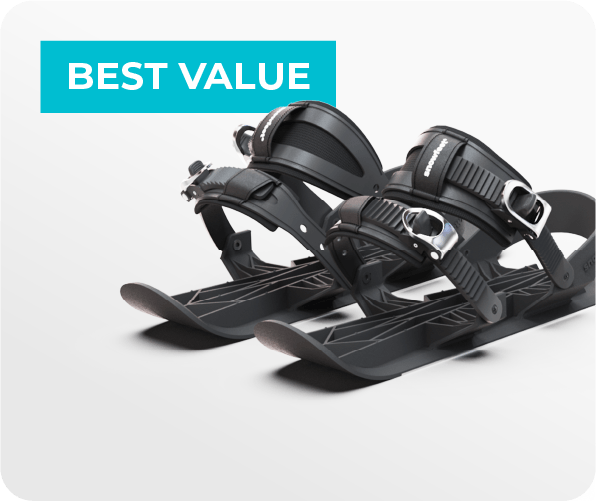



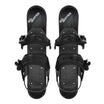
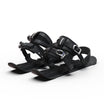
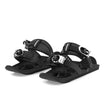
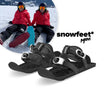
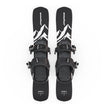
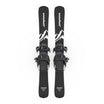

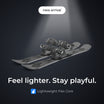
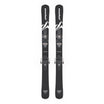
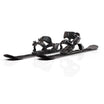
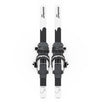


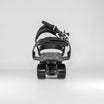

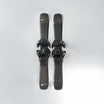

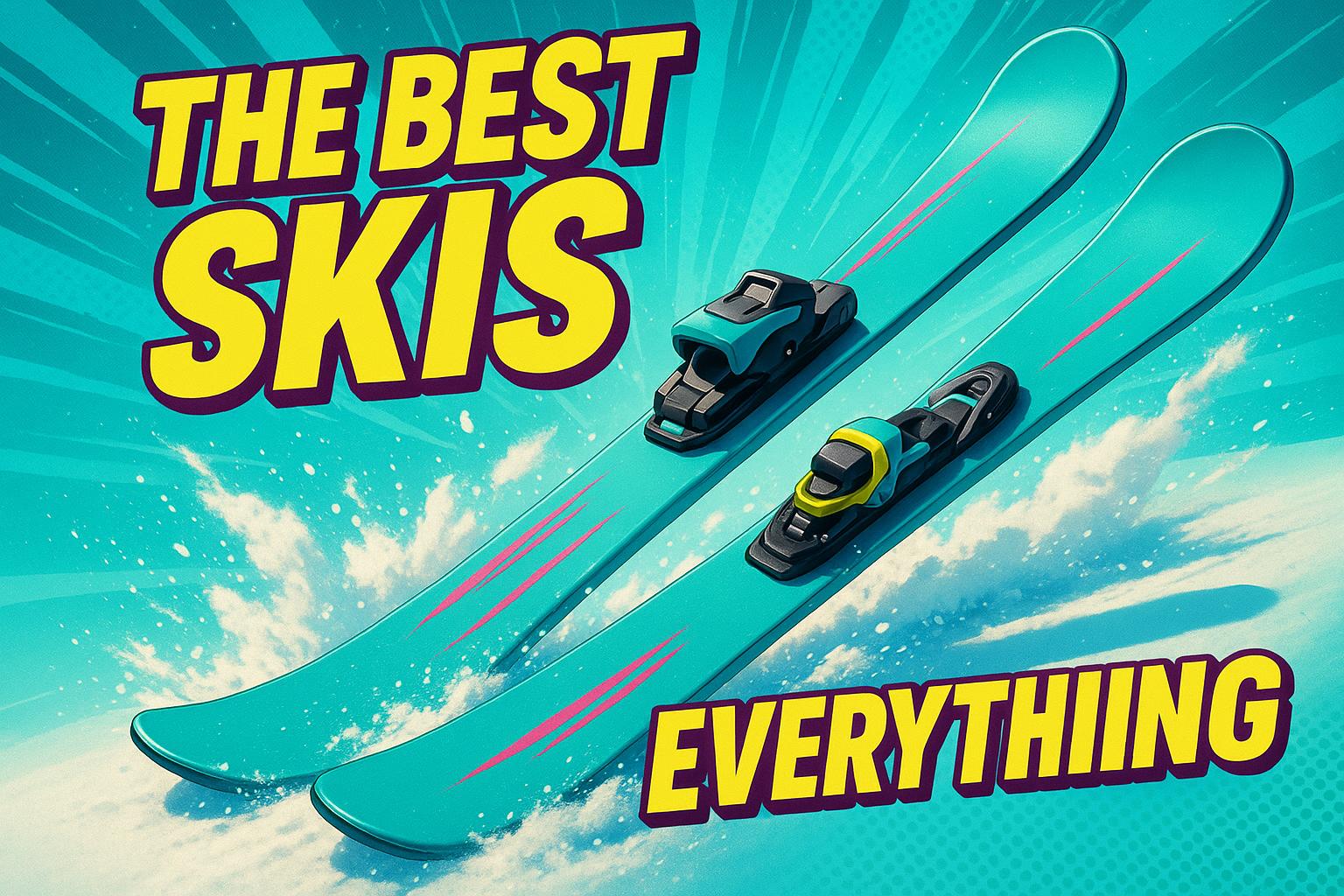

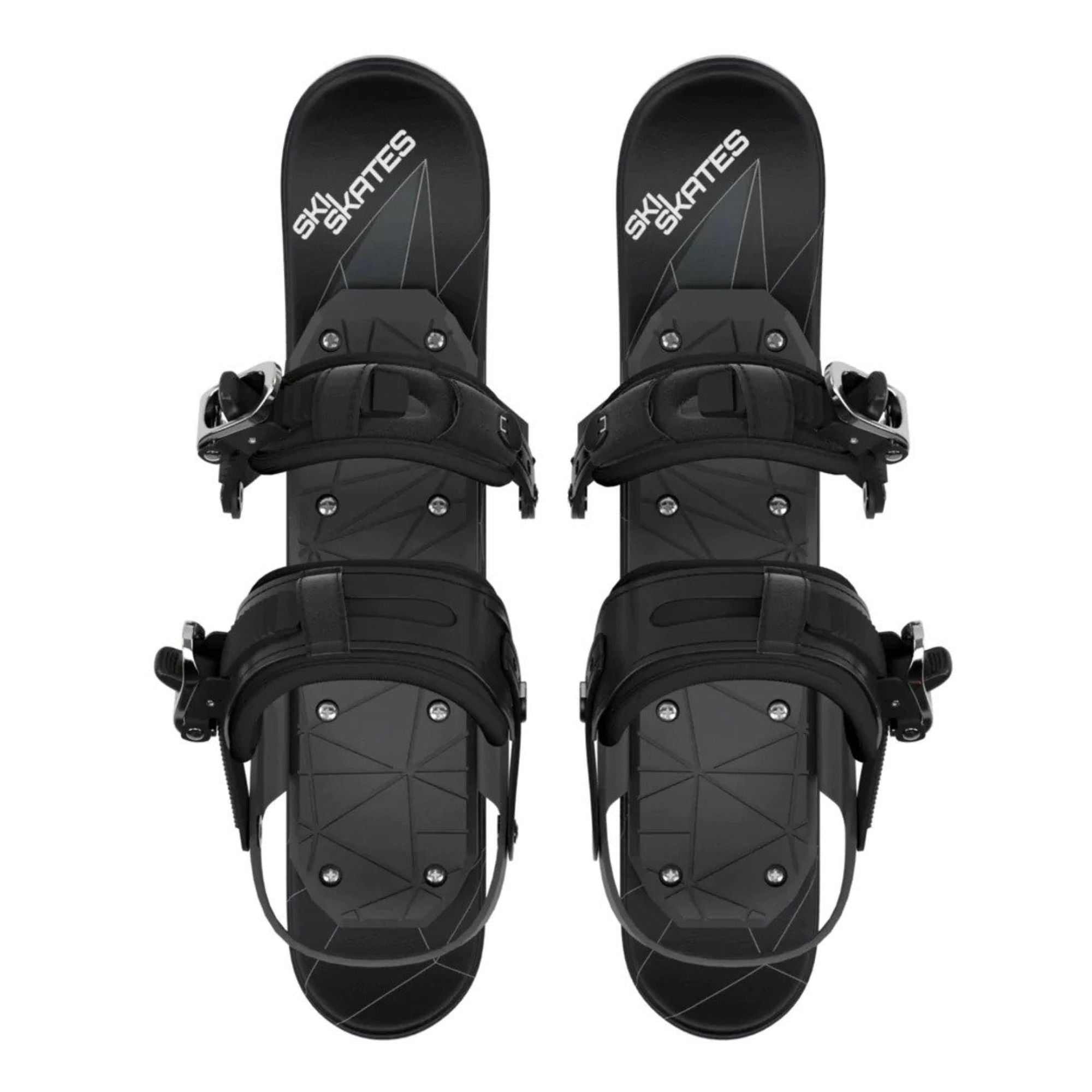
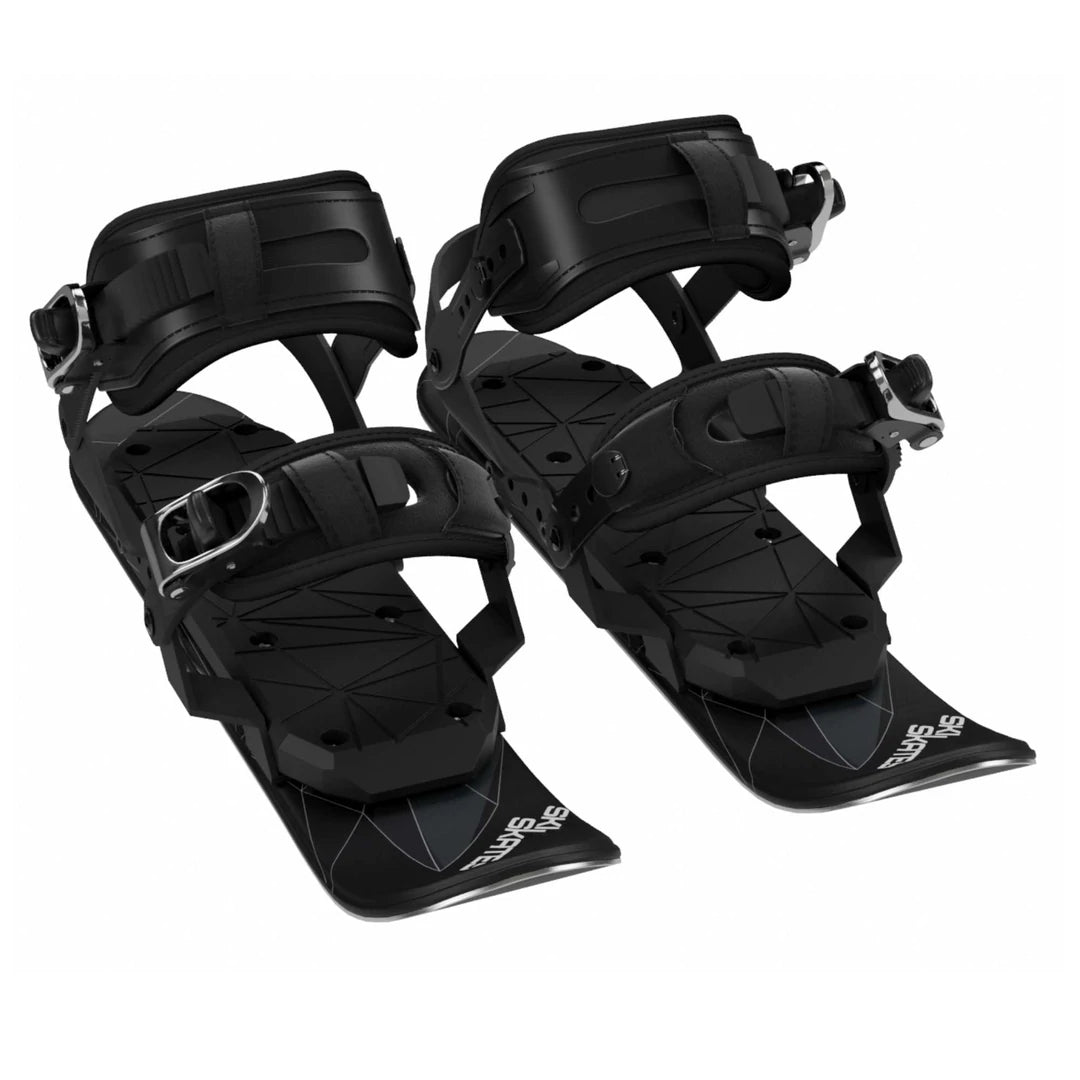
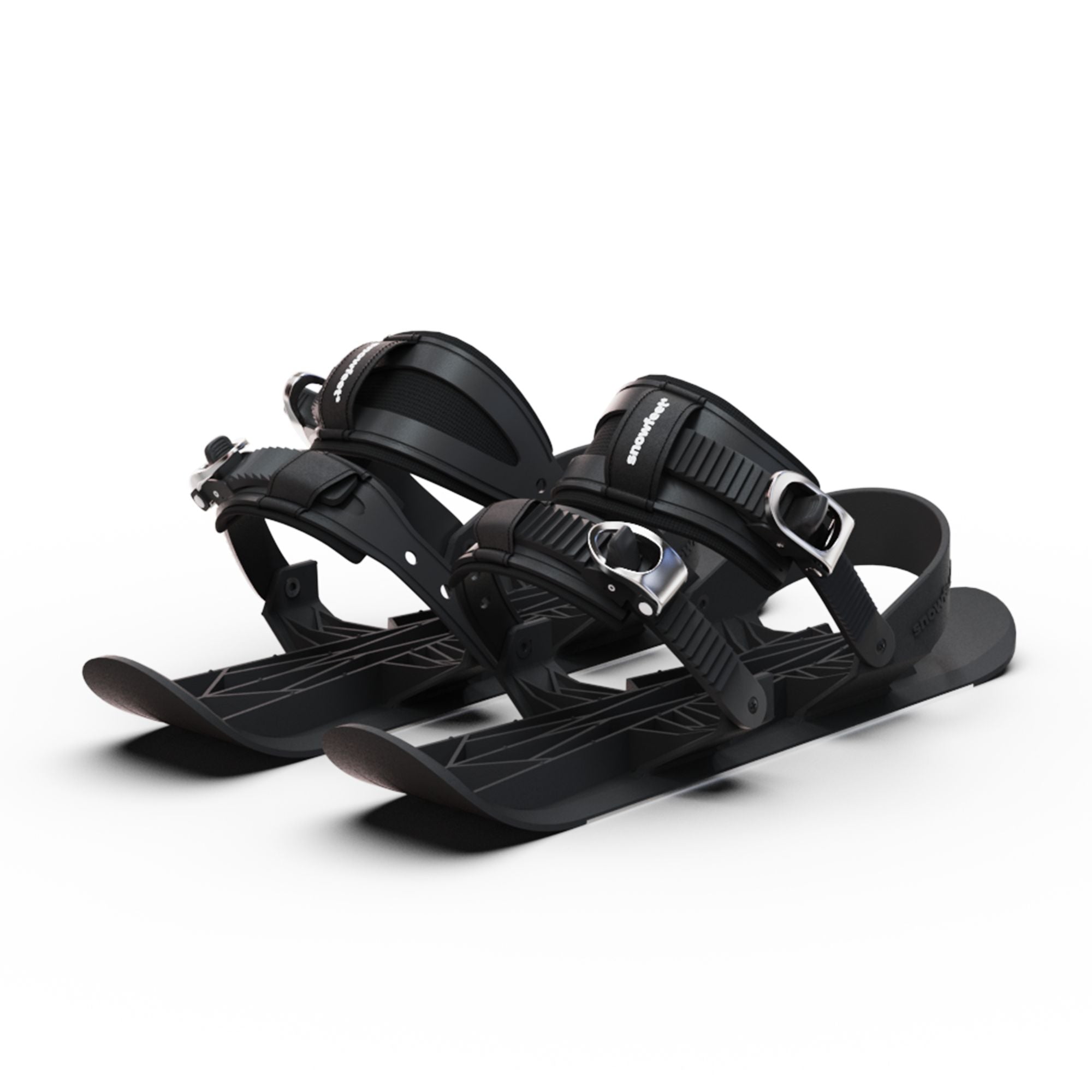

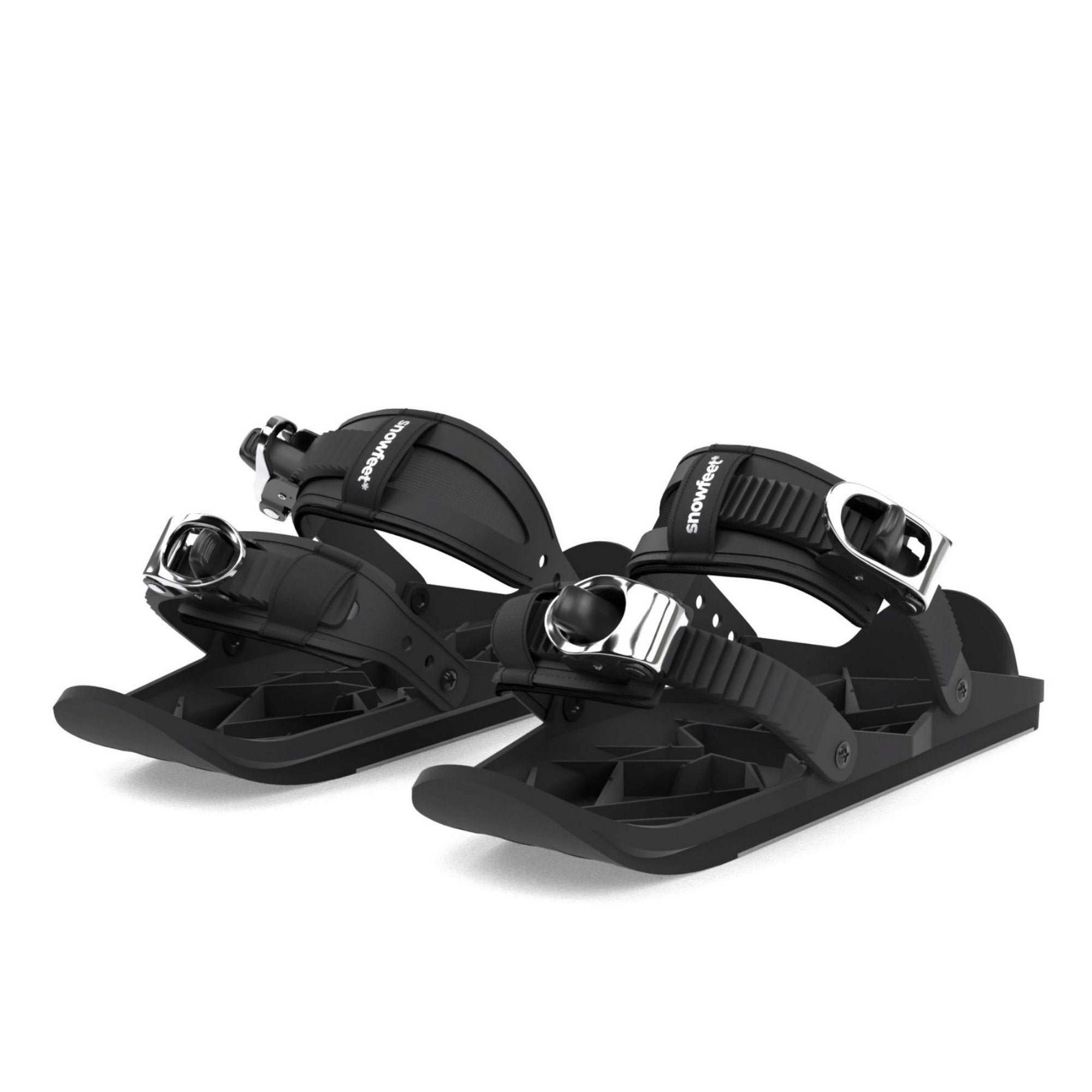
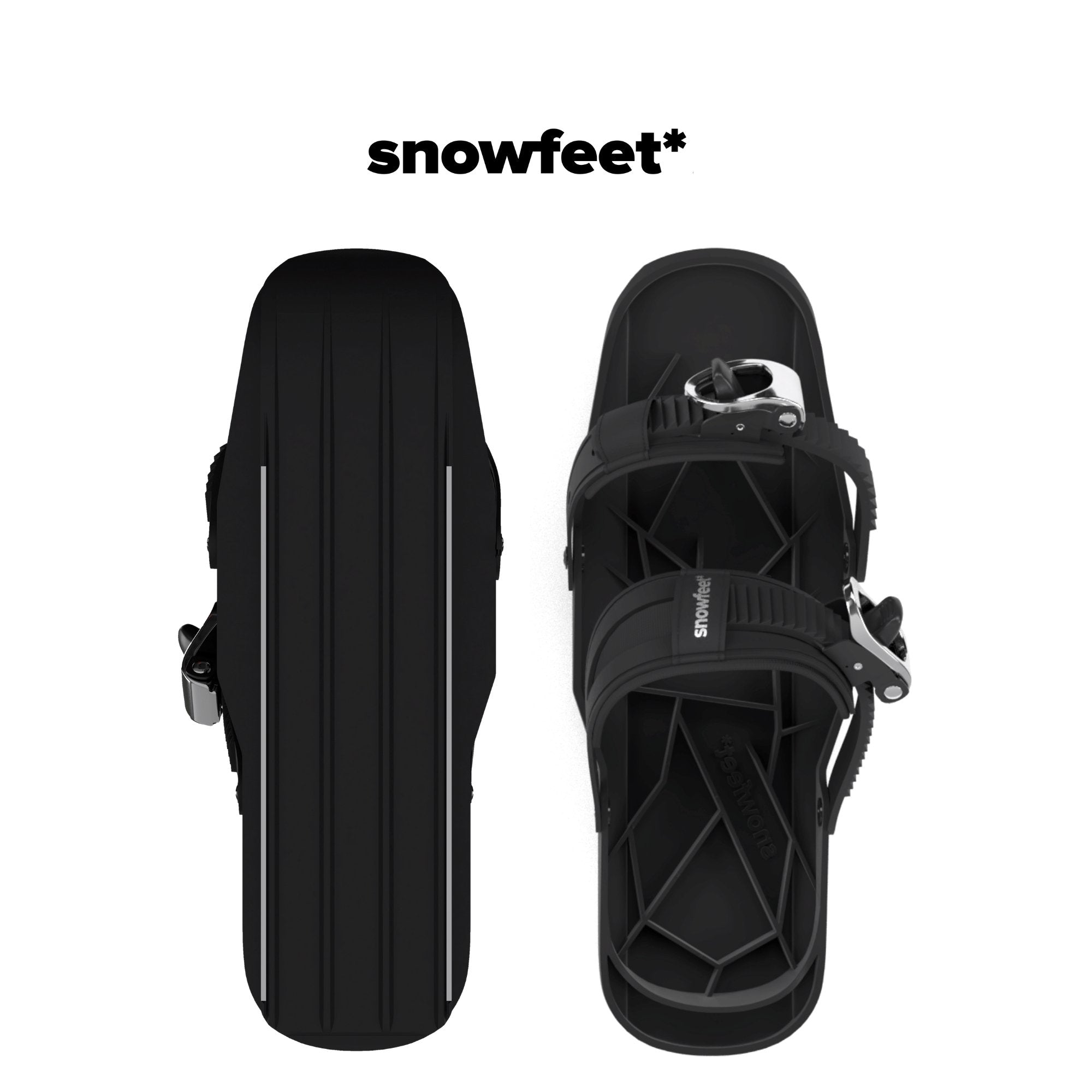
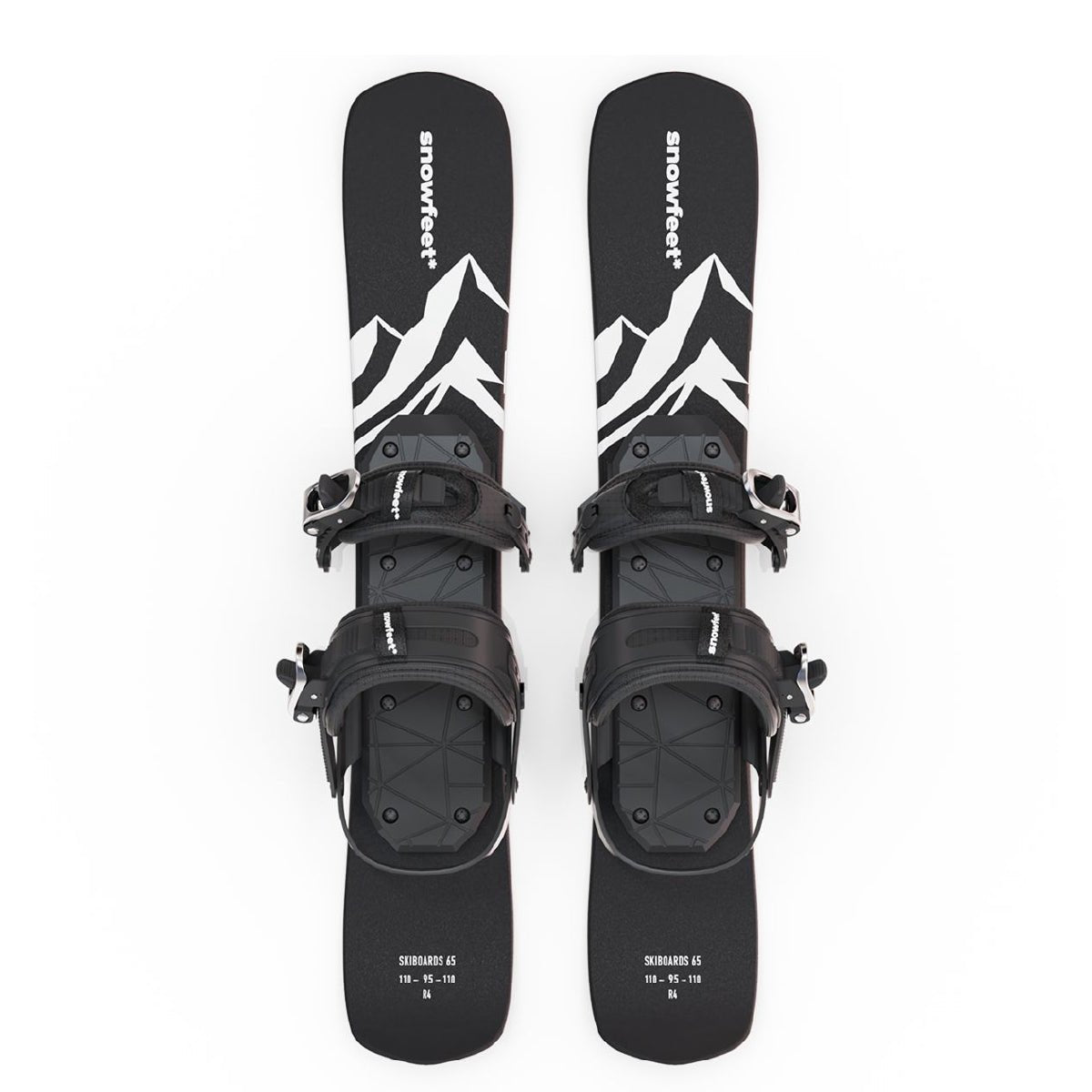
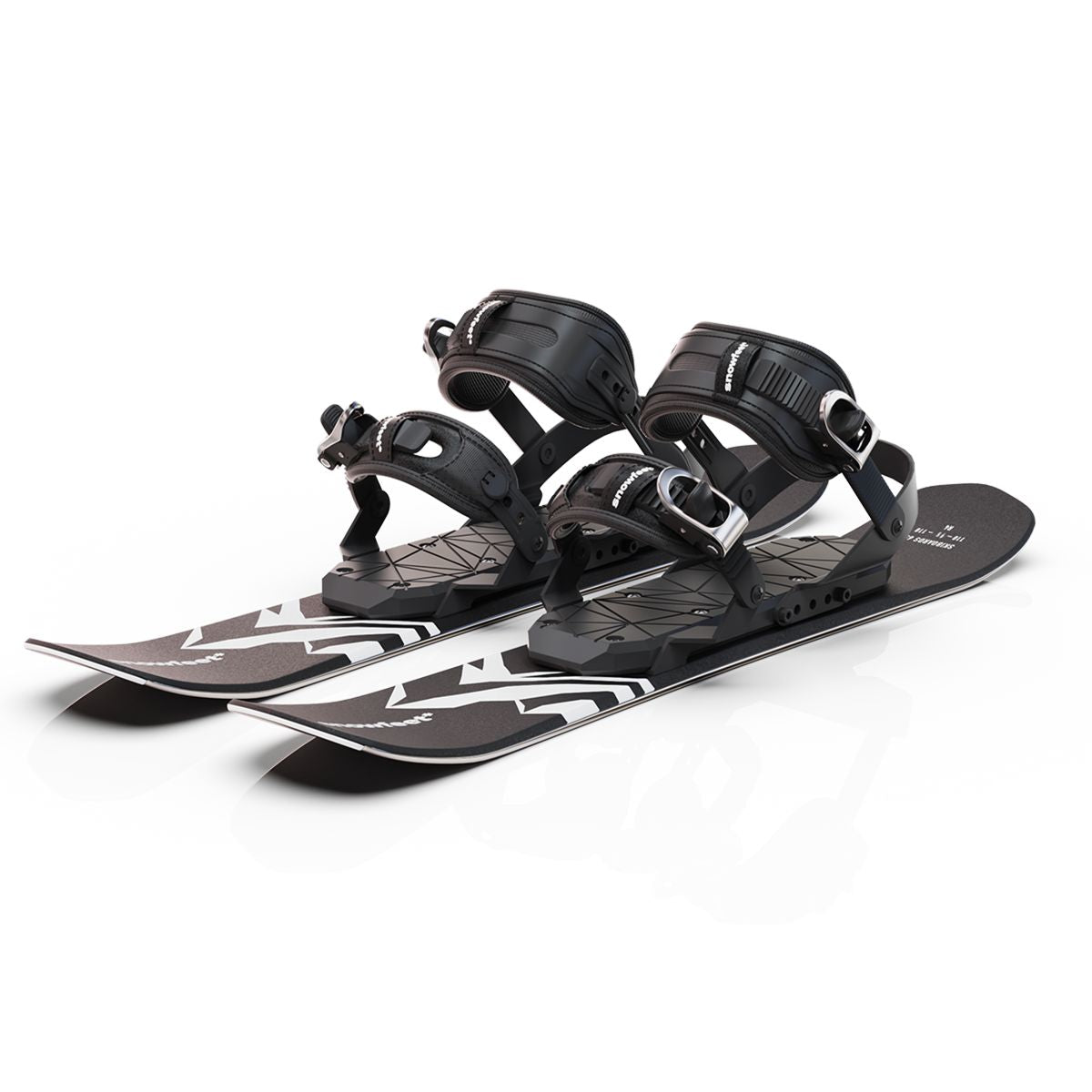
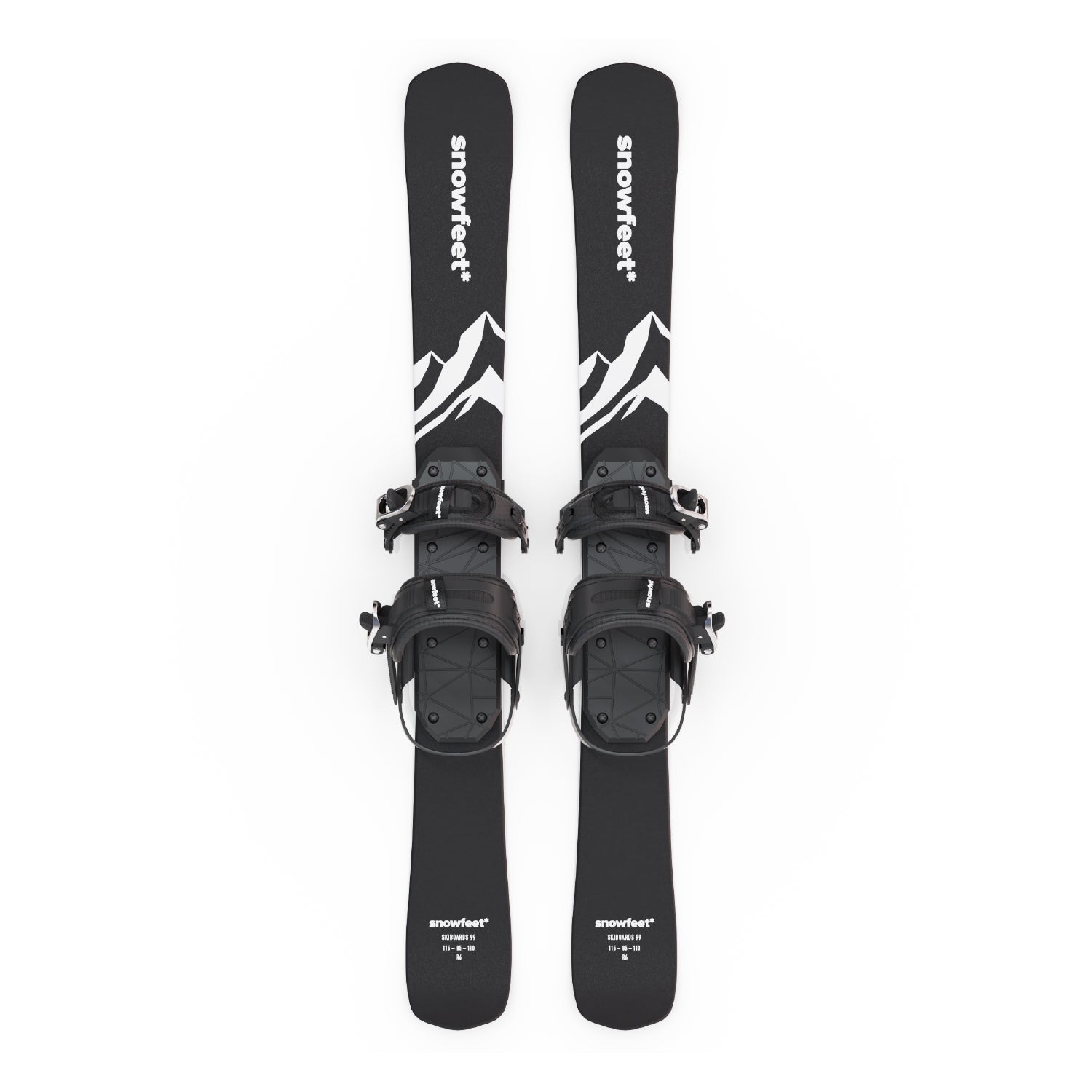
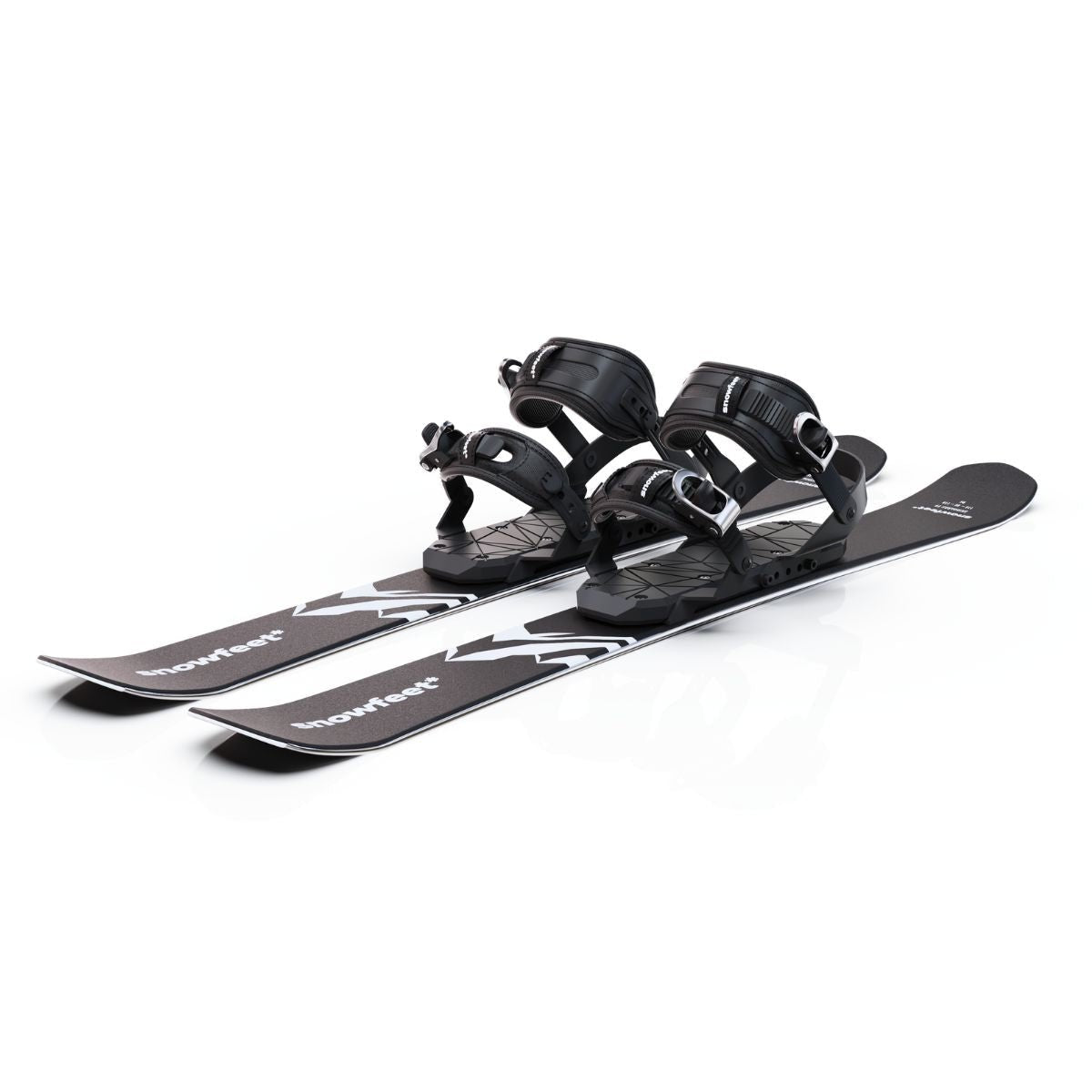
Leave a comment
This site is protected by hCaptcha and the hCaptcha Privacy Policy and Terms of Service apply.